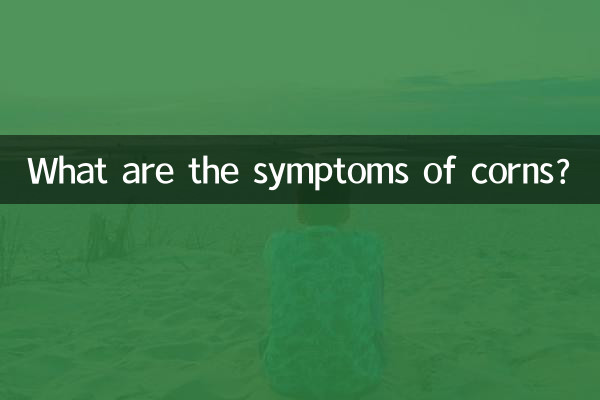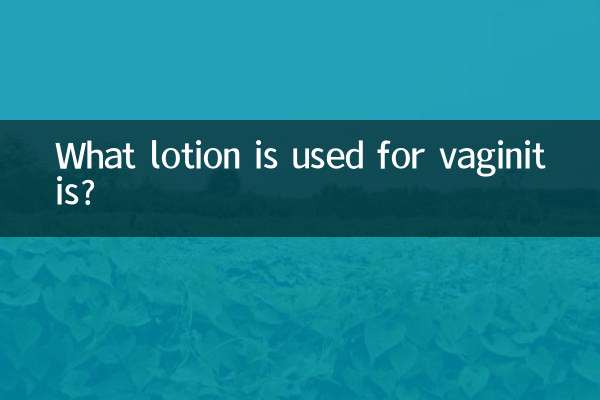What are the symptoms of corns?
Corns are a common skin problem on the feet, usually caused by long-term friction or pressure. Knowing the symptoms of corns can help with timely identification and appropriate treatment. The following is a detailed analysis of the symptoms of corns, combined with the hot topics and hot content on the Internet in the past 10 days, to provide you with a comprehensive reference.
1. Common symptoms of corns

Corns usually manifest as local skin thickening, forming a hardened stratum corneum. Here are the main symptoms of corns:
| Symptoms | Description |
|---|---|
| Hardening of the skin | A hardened cuticle appears in the area subject to friction or pressure, and it feels obviously rough when touched. |
| round or oval patches | Corns are usually round or oval in shape and may have a clear or yellow core in the center. |
| pain or tenderness | You may feel pain when walking or pressing, especially in hard corns (located on the bottom of the foot or between the toes). |
| color change | Corns may appear white, yellow, or gray, contrasting with the surrounding skin. |
2. Differences in types and symptoms of corns
There are two types of corns: hard corns and soft corns, with slightly different symptoms:
| Type | Common parts | Symptom characteristics |
|---|---|---|
| hard corns | soles of feet, dorsum of toes | The cuticle is thick and hard, and the pain is obvious. It is more common in people who wear high heels for a long time or whose shoes do not fit well. |
| soft corns | Between the toes (especially between the fourth and fifth toes) | It softens due to moisture and is white in color. It is less painful but susceptible to infection. |
3. Analysis of the correlation between hot topics and corns on the entire network in the past 10 days
Recently, the topic of foot health has become very popular, especially the issue of wearing shoes in summer and the prevention of sports injuries. The following are relevant hot topics:
| hot topics | Related content |
|---|---|
| Summer Sandal Choices | Experts warn that wearing hard-soled sandals for a long time may increase the risk of corns. It is recommended to choose a style with soft soles and a good fit for the foot. |
| Foot care for sports enthusiasts | For runners and gym-goers, the incidence of corns increases due to increased foot friction. It is recommended to use anti-wear pads or professional socks. |
| Home treatment misunderstandings | Some netizens tried to cut off corns themselves, which resulted in infection. Doctors emphasize that regular ointments should be used or medical treatment should be sought. |
4. How to distinguish corns from other foot problems
Corns can be confused with plantar warts or calluses, but here are the key differences:
| question | Symptom differences |
|---|---|
| plantar warts | Caused by a virus, it has black spots (capillaries) on the surface and the pain is more severe when pressed. |
| calluses | Large areas of thickened skin without a core that are usually painless. |
5. Prevention and treatment suggestions
The key to preventing corns is to reduce friction and pressure on your feet:
In terms of treatment, you can try the following methods:
Through the above analysis, I hope you can accurately identify the symptoms of corns and take reasonable measures. If symptoms persist or worsen, it is recommended to seek medical treatment in time.

check the details

check the details